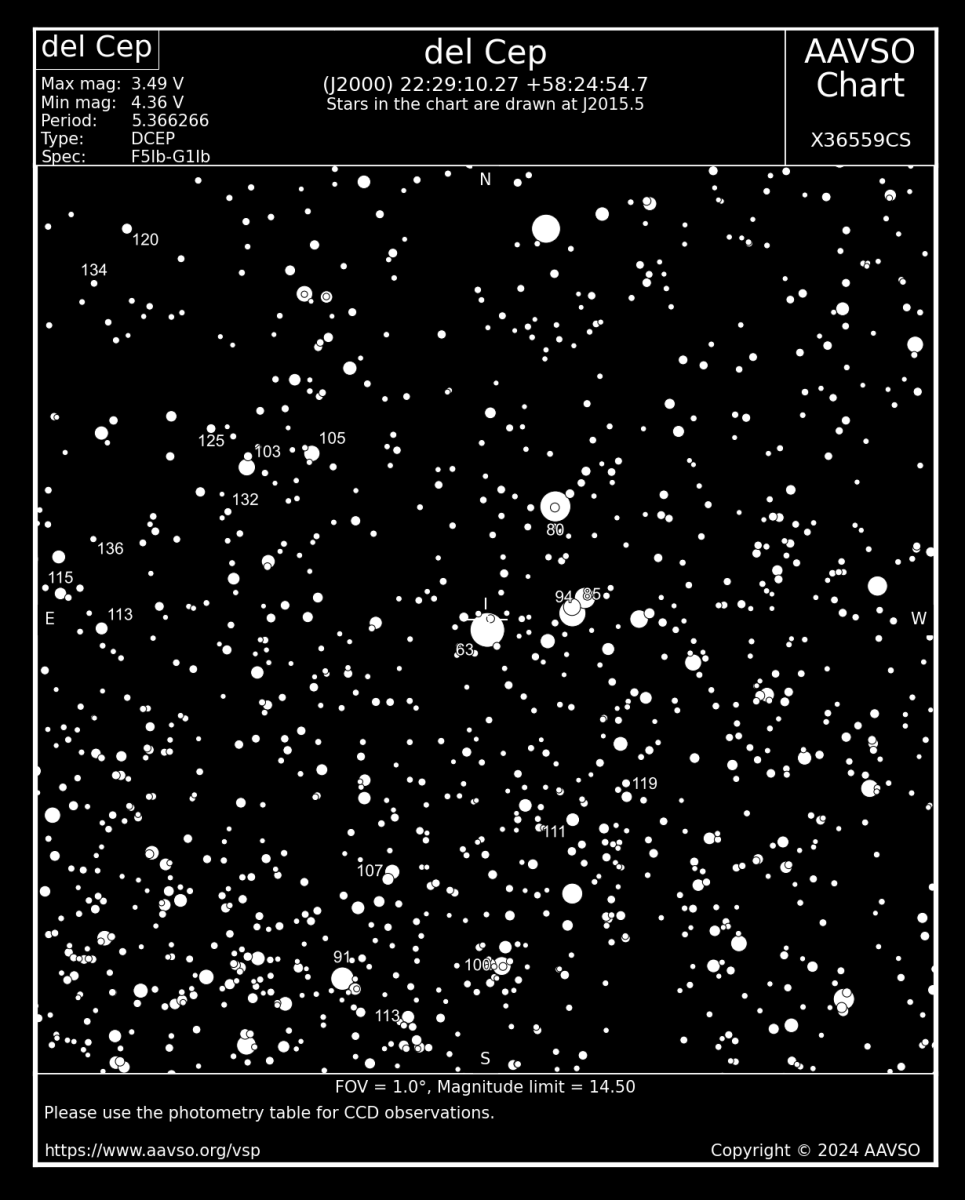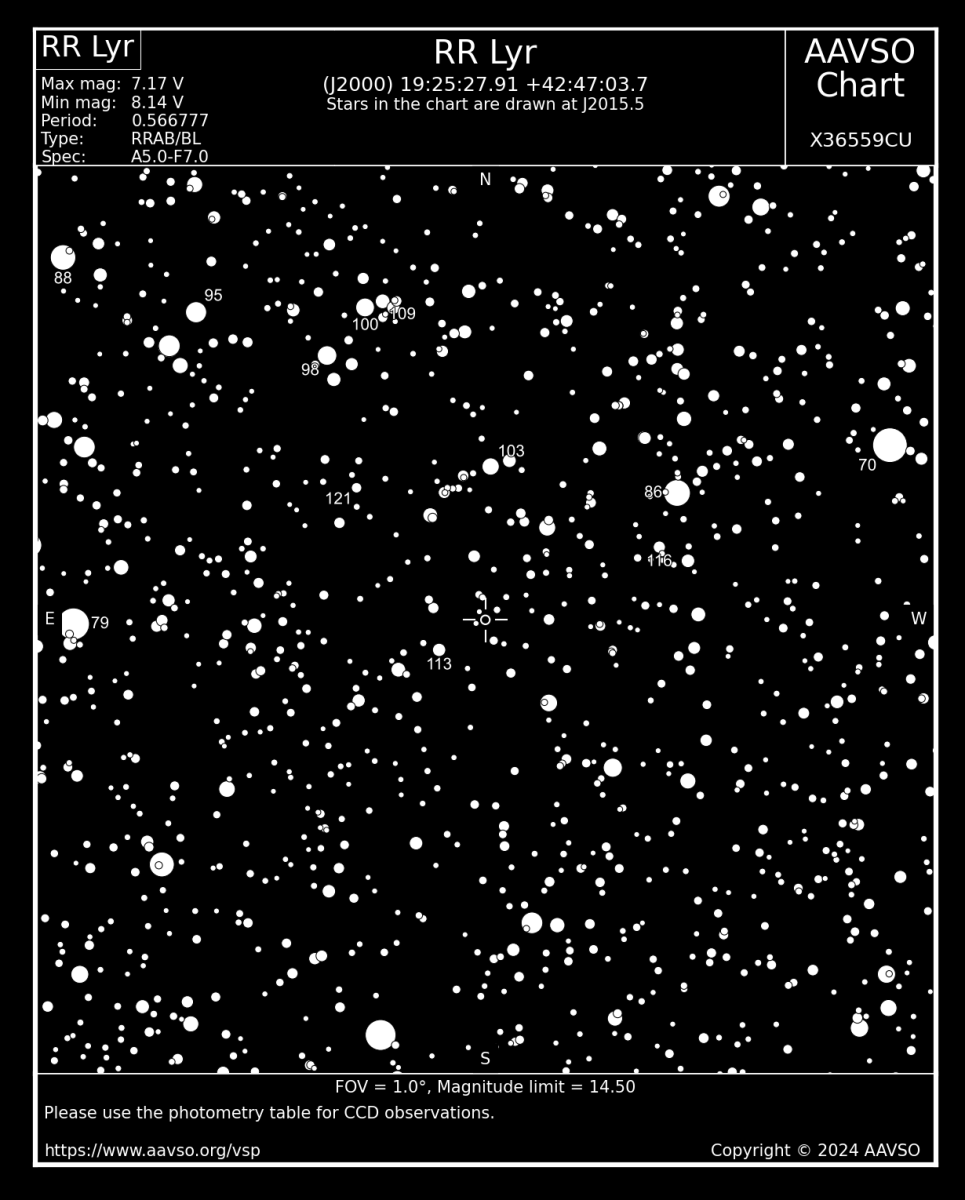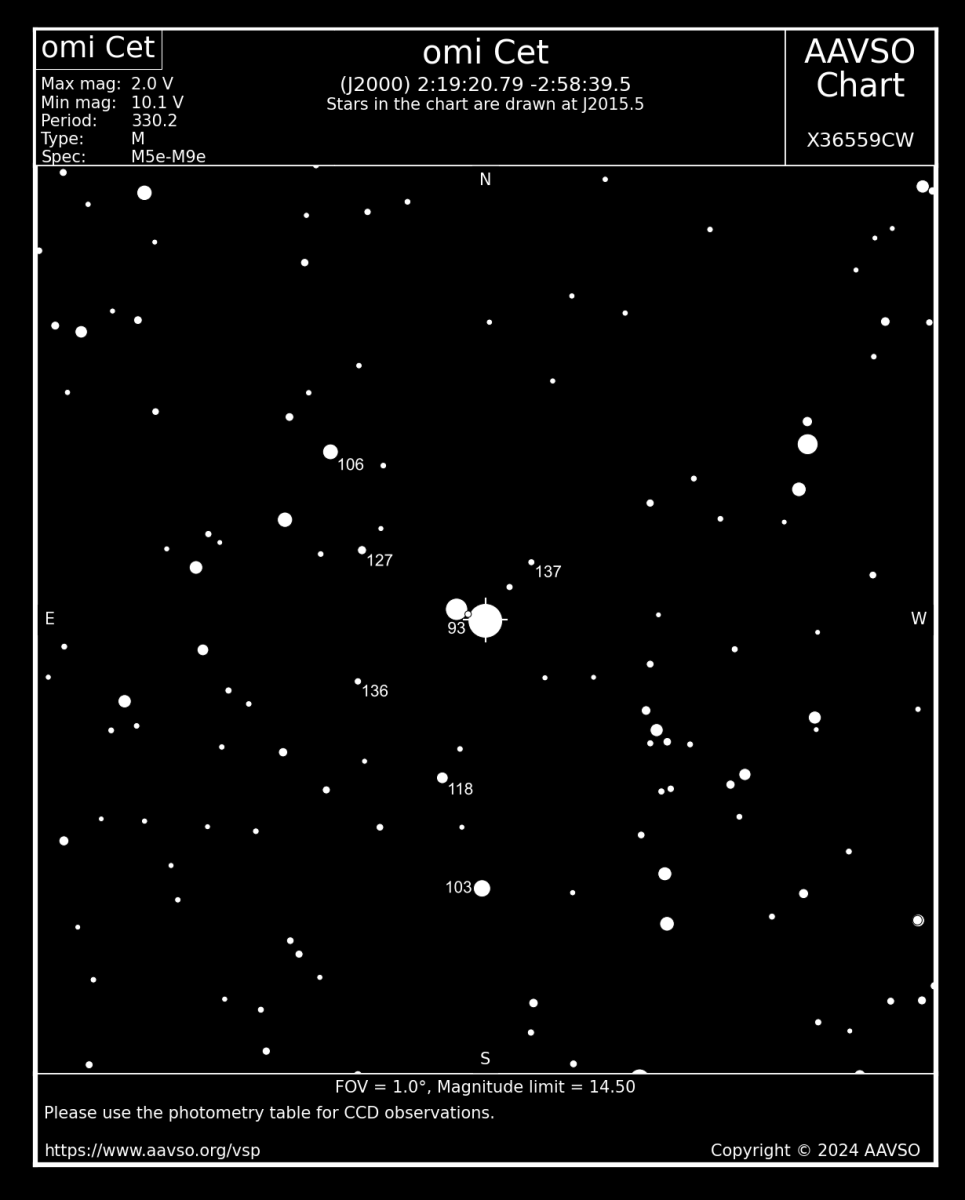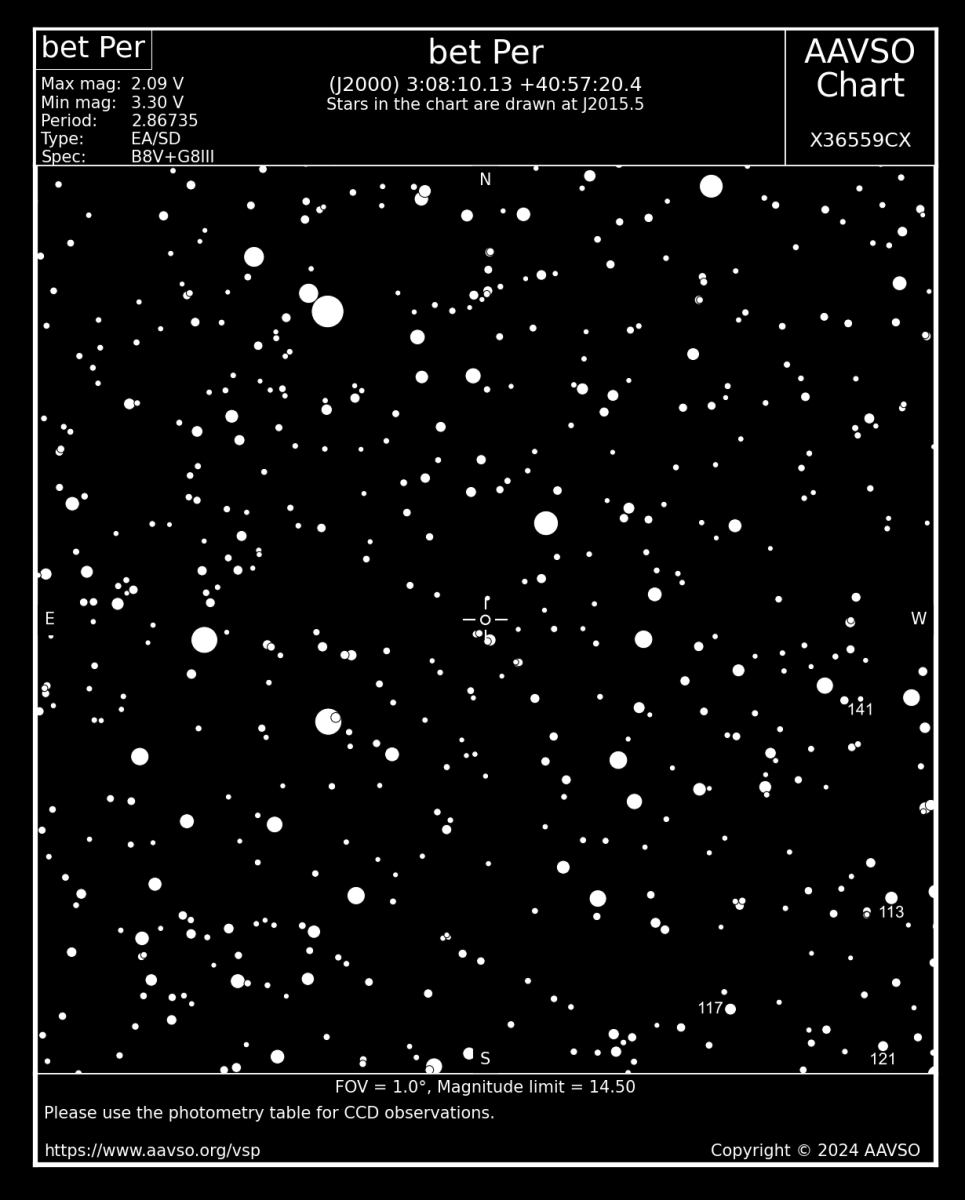
Astronomy is the study of celestial objects beyond the Earth, including other planets, the Sun, other stars, galaxies, and even the entire universe. It is an observational science, and we collect data by observing the universe with telescopes. Although we cannot “experiment” with the universe and touch stars and galaxies, we can still learn a great deal about the universe through observation. And we observe the universe not only in visible light, but at nearly all wavelengths of the electromagnetic spectrum—from radio waves to gamma rays.
A large part of astronomy is rooted in another fundamental science: the science of physics. A key concept within astronomy is that the physical laws that govern the physical world apply equally everywhere in the universe. The same gravitational force that makes a ball follow an arc in the sky when you throw it also keeps the Earth and its Moon in orbit about one another and keeps the Sun in orbit about the center of the Milky Way galaxy. The same properties of gases that make hot air balloons rise off the ground also govern the motions of gases in the interiors of distant stars. The same properties of atoms that make “neon lights” shine in different colors also govern the spectral lines that we observe in light from distant stars and galaxies. Astronomy, in essence, is the application of our knowledge of physics to the larger universe, and the refinement of our understanding of physical laws by observation of the larger universe beyond the Earth.
What are variable stars and why are astronomers interested in them?
The study of variable stars is a specific field within astronomy. What are variable stars? A star is a variable star if we can measure its brightness changing over time, and those brightness changes are caused by things happening inside, on the surface of, or around that star. A star may vary because it is in a binary system, and one star passes in front of the other, blocking some of its light from our eyes. Or one star in a binary may be accreting matter from its companion, becoming brighter and hotter as it does so. Stars may also vary because they have flares or starspots on their surfaces, like our own Sun sometimes does. Or they may vary because they pulsate -- their surfaces may be moving in and out like a balloon inflating and deflating repeatedly, and the changes in surface area or temperature make their luminosities change. There are many types of variable stars, and each one has a story to tell.

 .
.  .
. 
What is Variable Star Astronomy?
Variable star astronomy is the study of how and why stars change on measurable timescales. Why would we spend time studying variable stars? An important part of physics is the study of how and why things change over time, because the behavior of physical systems is controlled by the underlying physical laws that our universe is guided by. Studying variable stars can therefore tell us about the physical properties of these stars, and by extension, about all stars generally. By figuring out why variable stars vary, we learn more about what they're like.
What are some of the things that we’ve learned about the universe by studying variable stars? Here, we’ll present three different “stories” that variable stars can tell us about the universe that we live in.
Story #1: Stellar Evolution
Story #2: The Cosmic Distance Ladder
Story #3: Exoplanets and the Search for Extraterrestrial Life
Story #4: Rotating Variables: Mapping the Surfaces of the Stars

